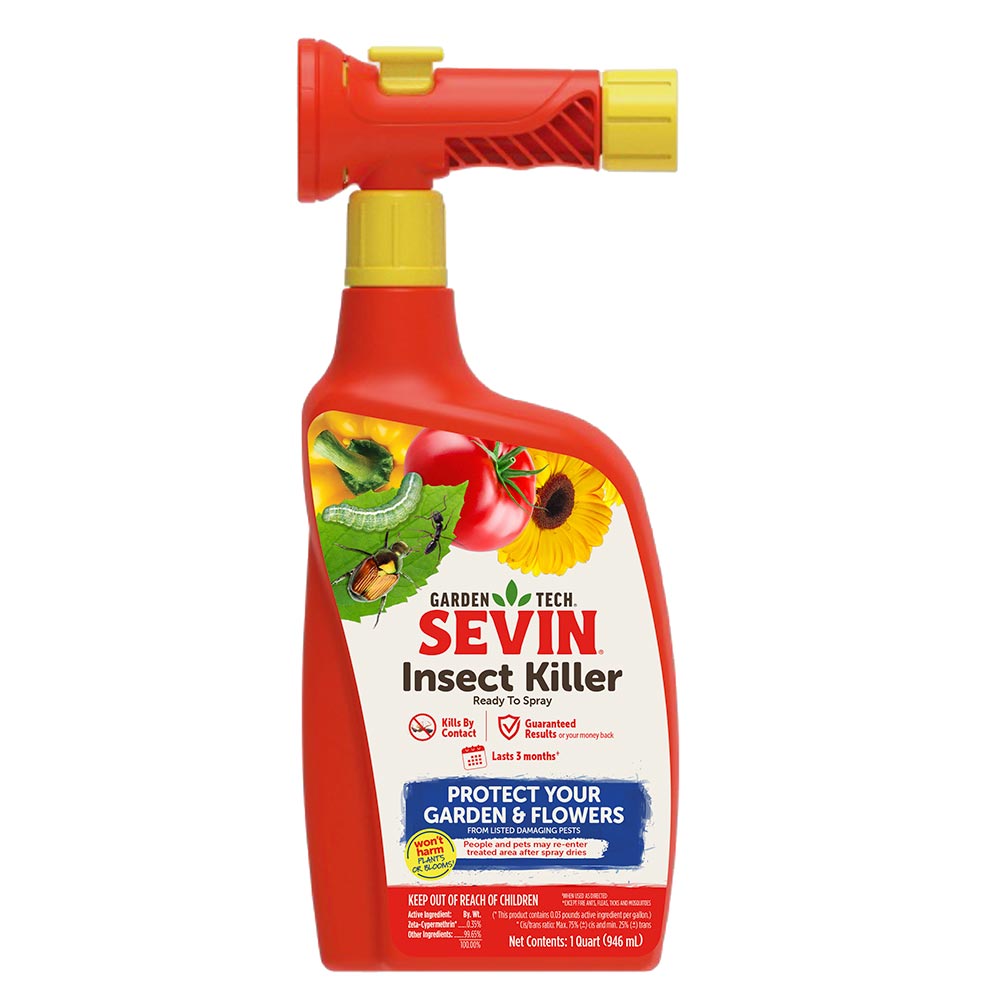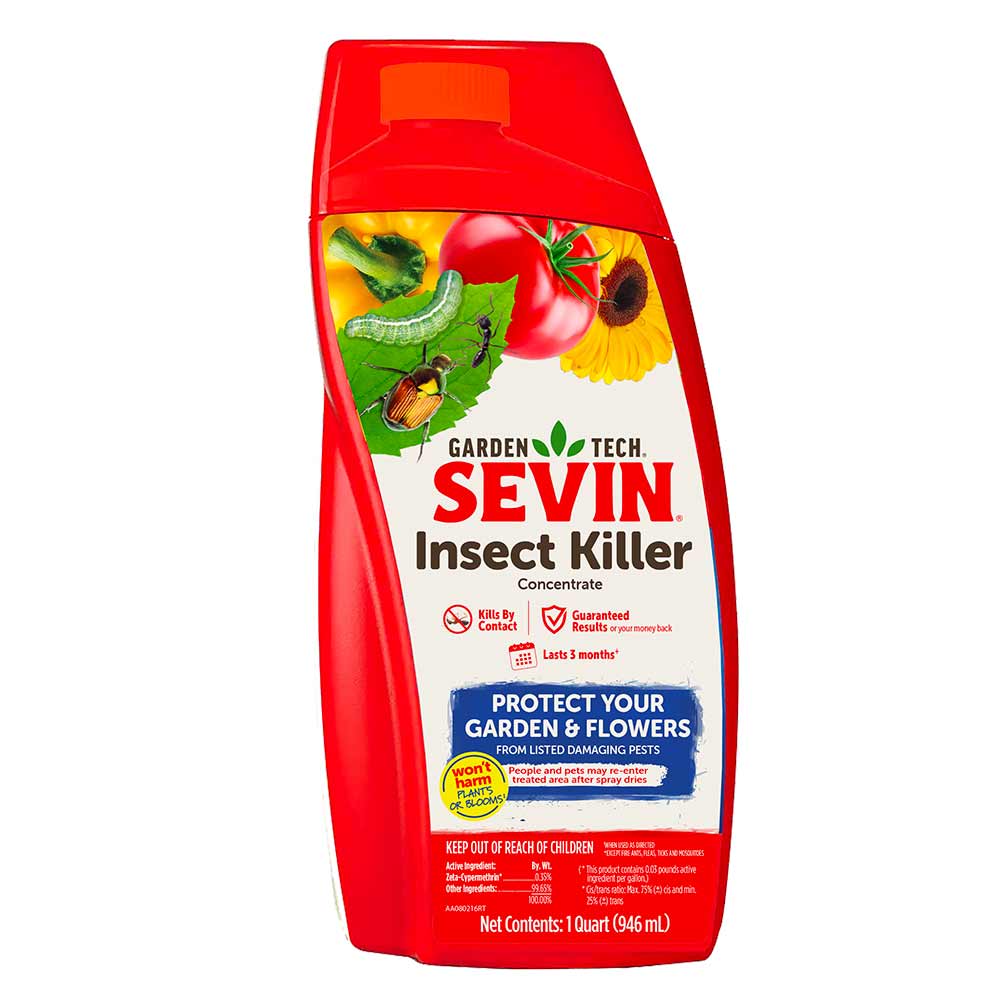Carpenter Ants








Common nuisance ants can disrupt homes and gardens, but carpenter ants trigger greater concerns. In their natural outdoor habitats, carpenter ants nest in rotting trees and feed on insects and sweet honeydew excreted by plant pests such as scale insects and aphids. When foraging takes them indoors, carpenter ants seek out proteins and sweets and nesting places in damp, decaying wood. Along with carpenter bees and termites, these wood-damaging pests cause significant structural damage to U.S. homes each year.
Carpenter Ant Identification: Black carpenter ants are often mistaken for termites, but proper ID is simple. Carpenter ants have bent, jointed antennae and sharply defined waists, while termites have straight antennae and thick, undefined waists. In both these pests, only the reproductive forms have wings. Winged carpenter ants have two wing sets that differ in length; reproductive termites have two sets of equal length. Female black carpenter ants seen in spring mating swarms can measure up to 1/2 inch in length. Texas carpenter ants are similar in size, but they have reddish-brown heads and thoraxes with black abdomens.
Signs/Damage of Carpenter Ants: Carpenter ants forage for food in plain sight. The first sign of an infestation is often a steady stream of large black ants headed toward your home. Unlike termites, carpenter ants don't eat the wood they inhabit. They excavate large, smooth-sided galleries in moist, decaying floor joists or other structural wood. Small piles of sawdust nearby confirm damage is underway. Opened galleries may reveal all life stages from eggs and grub-like larvae to pupae and adults.
How to Control Carpenter Ants: Effective carpenter ant treatments target these pests outdoors, before they find their way into your home. They rarely damage sound, dry wood, so repair problems such as leaky faucets or clogged gutters and downspouts promptly. Inspect your foundation for cracks and crevices, and seal any gaps that might allow carpenter ants in. Keep foundation plantings pruned away from your home so they don't provide a bridge between soil and wood.
GardenTech® brand offers several highly effective options to kill carpenter ants by contact and keep protecting treated areas for up to three months. These non-staining formulas treat lawns, edible and ornamental gardens, foundation plantings, home perimeters, and home foundations up to a height of 3 feet:
- Sevin® Insect Killer Concentrate simplifies extensive, targeted treatment of your home's perimeter and plantings. Use the convenient measuring cap and a regular pump-style sprayer for thorough, economical carpenter ant coverage.
- Sevin® Insect Killer Ready to Spray eliminates the need for measuring and mixing. Attach the easy-to-use container to a common garden hose and you're ready to spray. Cover all home and garden surfaces thoroughly to kill existing carpenter ants and create a protective barrier against those to come.
Tip: If you see a swarm of winged carpenter ants inside your home, it may indicate a large, long-established infestation. Consider consulting a qualified pest professional for structural evaluation and treatment.
Always read product labels and follow the instructions carefully, including pre-harvest guidelines for edible crops.
GardenTech is a registered trademark of Gulfstream Home and Garden, Inc.
Sevin is a registered trademark of Tessenderlo Kerley, Inc.
Photo Credit:
Clemson University - USDA Cooperative Extension Slide Series, Bugwood.org (CC BY 3.0 US)
Edward H. Holsten, USDA Forest Service, Bugwood.org (CC BY 3.0 US)
Whitney Cranshaw, Colorado State University, Bugwood.org (CC BY 3.0 US)
Whitney Cranshaw, Colorado State University, Bugwood.org (CC BY 3.0 US)
Is this not your insect?
View all Insects


